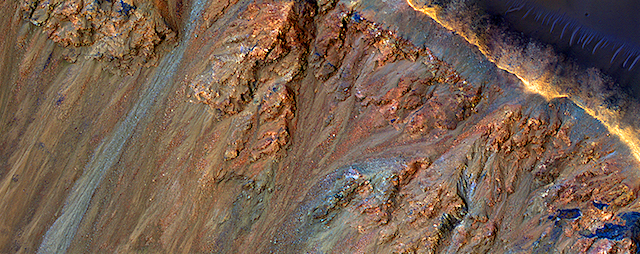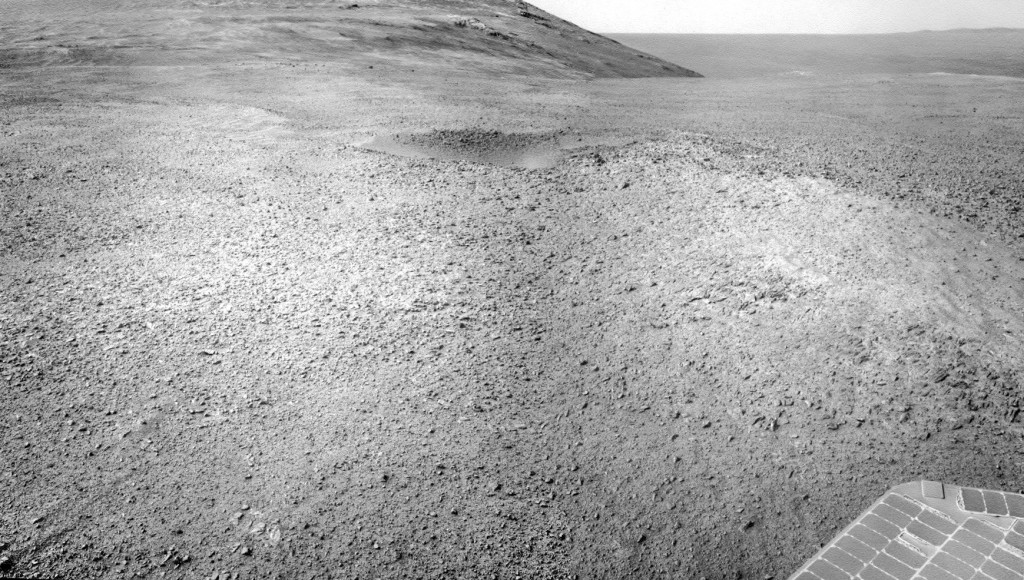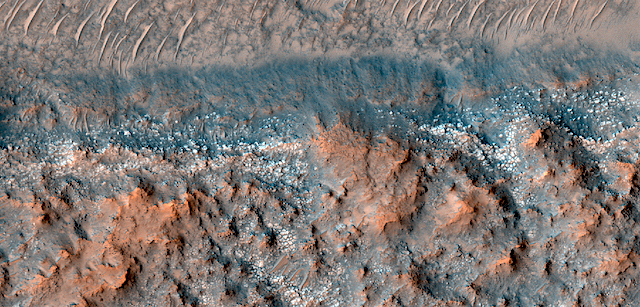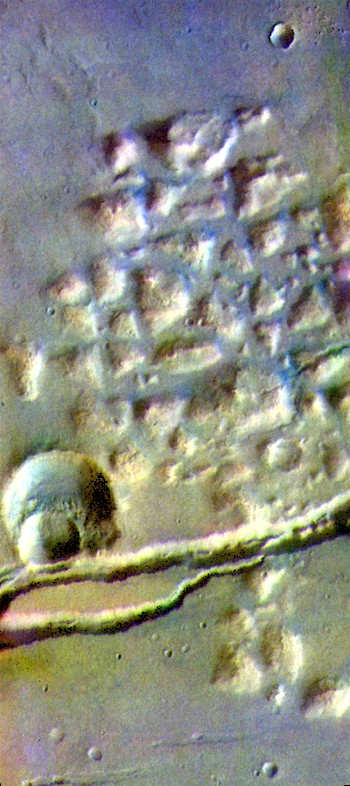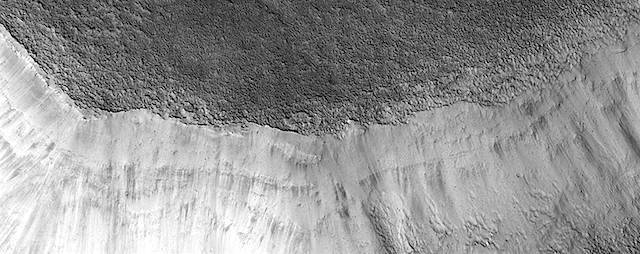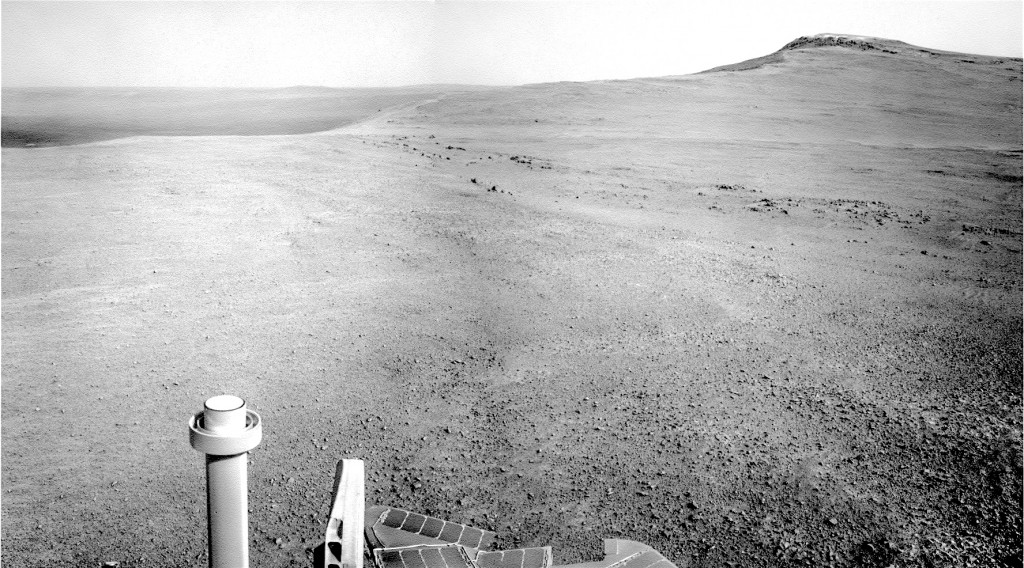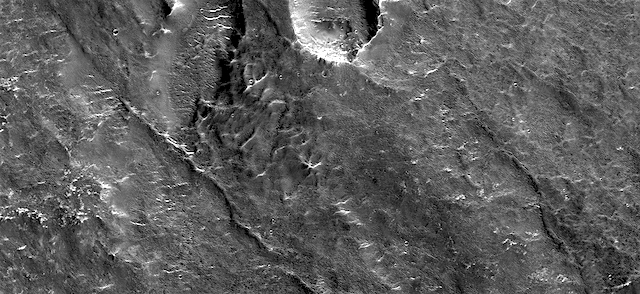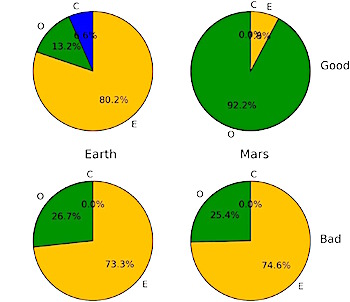 A team of planetary scientists led by Ramon Brasser (Tokyo Insitute of Technology) has outlined a scenario for the formation of Mars within in the asteroid belt and outside of the formation zones of Earth and Venus.
A team of planetary scientists led by Ramon Brasser (Tokyo Insitute of Technology) has outlined a scenario for the formation of Mars within in the asteroid belt and outside of the formation zones of Earth and Venus.
Writing in Earth and Planetary Science Letters, the team says, “With approximately one ninth of Earth’s mass, Mars is widely considered to be a stranded planetary embryo that never became a fully-grown planet. A currently popular planet formation theory predicts that Mars formed near Earth and Venus and was subsequently scattered outwards to its present location.
“In such a scenario, the compositions of the three planets are expected to be similar to each other. However, bulk elemental and isotopic data for martian meteorites demonstrate that key aspects of Mars’ composition are markedly different from that of Earth. This suggests that Mars formed outside of the terrestrial feeding zone during primary accretion.
“It is therefore probable that Mars always remained significantly farther from the Sun than Earth; its growth was stunted early and its mass remained relatively low. Here we identify a potential dynamical pathway that forms Mars in the asteroid belt and keeps it outside of Earth’s accretion zone while at the same time accounting for strict age and compositional constraints, as well as mass differences.” [More at link]
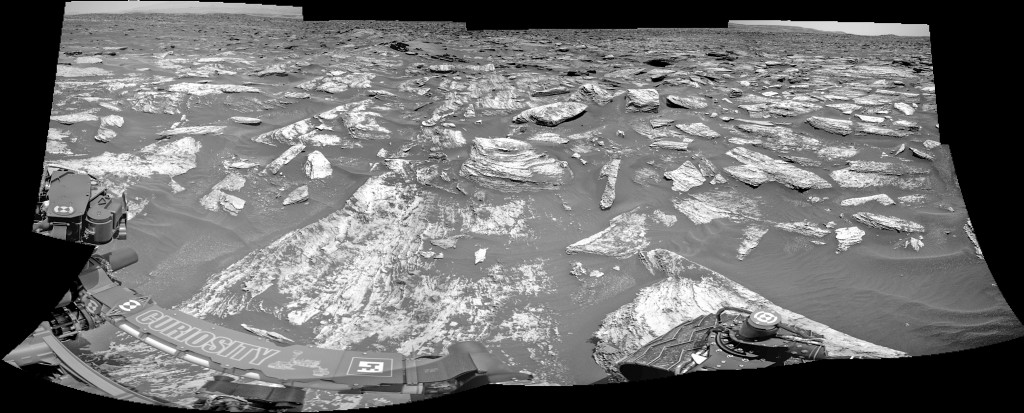
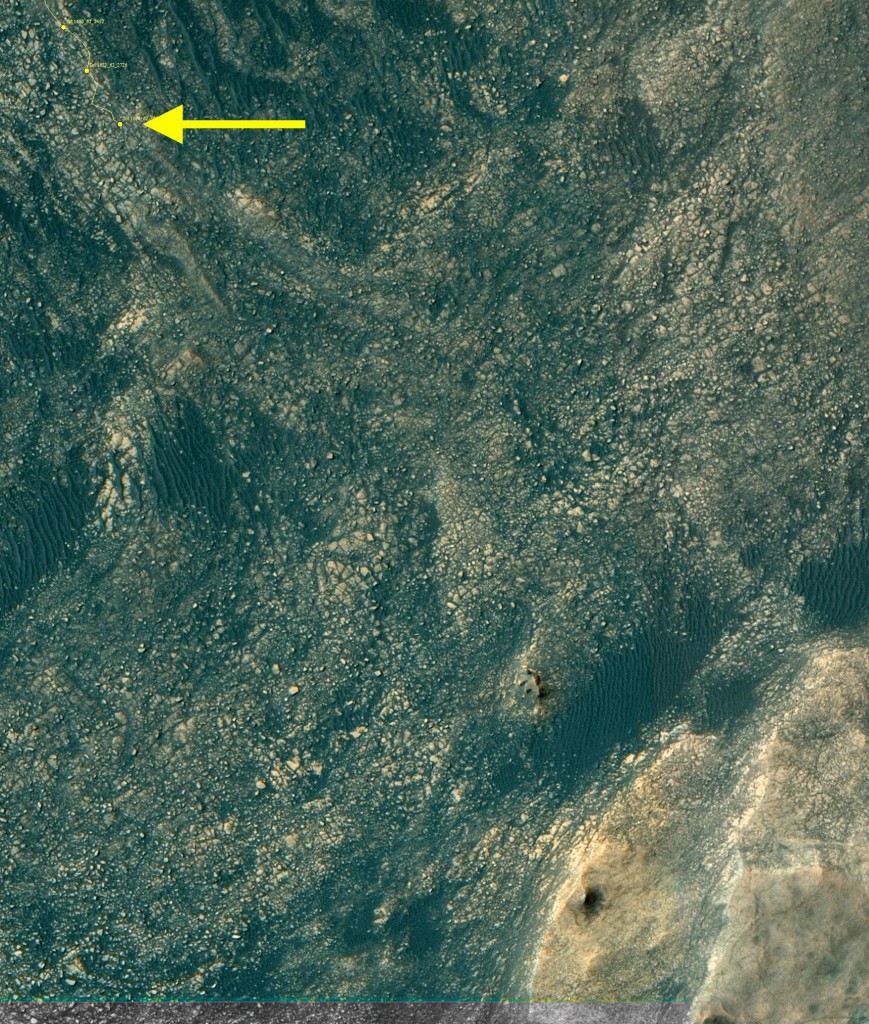 Sol 1684, May 2, 2017. As the rover continues its southeastward trek to Vera Rubin Ridge, the “road” across the Murray Formation is far from smooth, as this Navcam composite shows.
Sol 1684, May 2, 2017. As the rover continues its southeastward trek to Vera Rubin Ridge, the “road” across the Murray Formation is far from smooth, as this Navcam composite shows.








